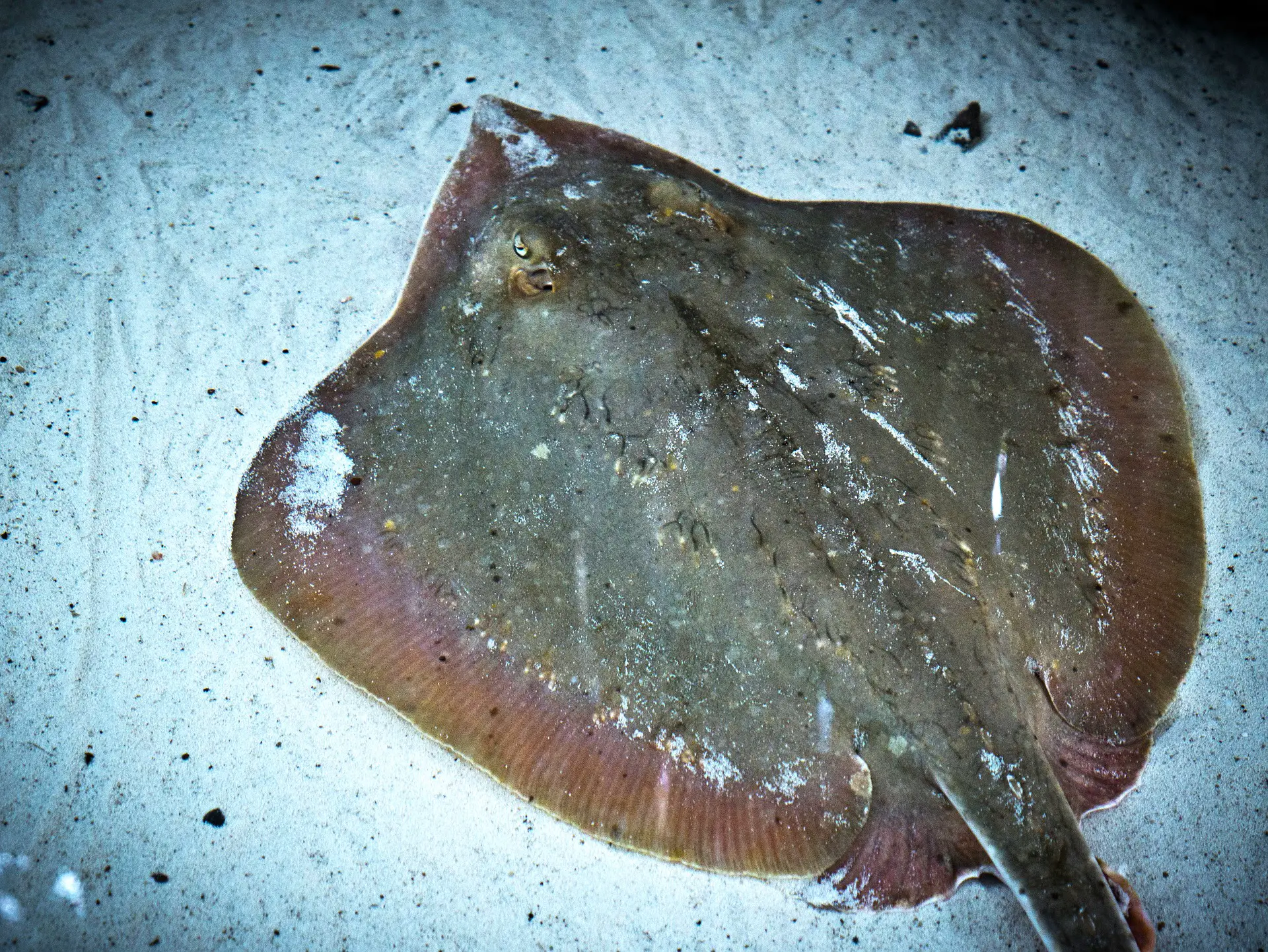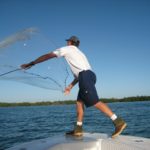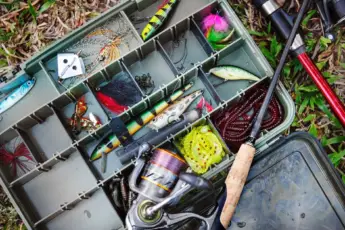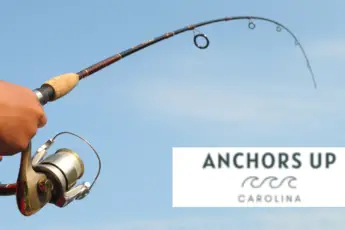Inshore fishing in Georgia has a wide range of gamefish that are both solid fighters and good to eat. Occasionally when fishing for the most highly targeted fish, anglers catch stingrays. While a stingray is still a swimming creature that tugs at the end of your line, when landed, the hook must be removed carefully to avoid being injured by it’s sharp barb. Here is how to handle stingray.
How To Identify A Stingray
A stingray is a wide-bodied fish that moves much like a bird by flapping what seem to be wings. Often you will encounter the Atlantic Stingray. The upper side is dark, and the belly is white. The mouth is found on the bottom of the fish; thus, it is primarily a bottom feeder. A long tail protrudes out of the back of the fish, and it is equipped with a barb at the middle section. The barb is the dangerous part of the ray that can cause skin lacerations.
Why Do Stingray Bite The Same Hook As Other Fish
Most anglers prefer to catch redfish, sea trout, convict fish (sheepshead), and flounder, but stingray are often a bycatch. Ray’s eat many of the same baits, including squid, live or dead shrimp, chunks of fish, or live minnows. Because they share the same palate, they will gobble up the food you were hoping to catch other fish with.
Some anglers chose to target stingray because the flesh is often compared to scallops and, as a result, are considered good to eat. Visitors from landlocked states may intentionally try to catch rays because of their neat appearance. When it comes to Georgia stingray regulations, South Carolina, and North Carolina stingray regulations, the states do not place limits or size requirements. The stingray is rarely targeted.
How Do You Handle A Caught Ray
After the fight is over with the fish and it’s on the shoreline or boat, use extreme caution. The tail of a stingray will whip around and can extend forward of the head. A flopping fish can cause danger to adults and children. It is essential to know how to handle a stingray fishing.
Best Gear For Removing A Hook From A Stingray
When it comes to how to get stingray off hook, remember these important tools and safety gear when fishing where stingrays are present.
A pair of gloves to handle the fish to help avoid it from slipping out of your hands
Pliers to pinch the hook and remove it from the fish’s mouth to keep your hands clear
A rag to control the tail of a stingray when removing the hook
Steps To Handle Stingray
When fishing in the coastal regions, it is essential to know how to hold a stingray. Learning how to handle a stingray is simple by reading the steps below.
Above all, take your time and don’t rush the process of removing the hook.
Keep children, pets, and others away from the fish after it has been caught
Have your pliers, gloves, and rag ready to use
Carefully flip the stingray on its back to expose the mouth
Place the glove on your hand in addition to the rag
With the other hand, hold the pliers
Place the rag on the barb of the tail, so it is bunched up and thick on it
Hold the tail and rag with your gloved hand
When it comes to how to unhook stingray it is critical to use pliers. Use the pliers with the other hand to remove the hook. Long nose fishing pliers are best.
Release the stingray back into the water by repeating the steps of how to pick up a stingray or just scoop the fish into a net and lower it into the water.
What If You Are Accidentally Stung
In the event you are stung, the wound should be treated. Apply pressure to stop the bleeding, clean the laceration, and take pain medication as necessary. Watch for allergic reactions and if they become severe, call for medical attention.
How To Reduce The Number Of Strikes From A Stingray
The goal of knowing what to do if you catch a stingray is to eliminate injury. However, the anglers who would like to avoid catching stingrays, the number of ray strikes can be reduced by fishing your bait suspended off the seafloor. Because rays are bottom feeders, they will bite your bait if lying flat on the bottom. When you limit the number of stingrays caught, you minimize the risk of injury due to handling the fish improperly.
Now You’re Prepared When A Stingray Is On The Fishing Hook
Now you know how to handle stingrays. A fish is still a fish as it provides a tug at the end of the line, so it’s fun even when a stingray is caught. Follow the steps to remove the hook and avoid becoming injured. Being hit with the barb from a ray can quickly cut the fun fishing day short, so it is best to be avoided. Remain patient and use caution when you handle stingray. Remember, the answer is yes to can you keep stingrays in Georgia and North and South Carolina, but the food value is minimal, so it is best to return the fish to the water.







Leave a Comment
You must be logged in to post a comment.